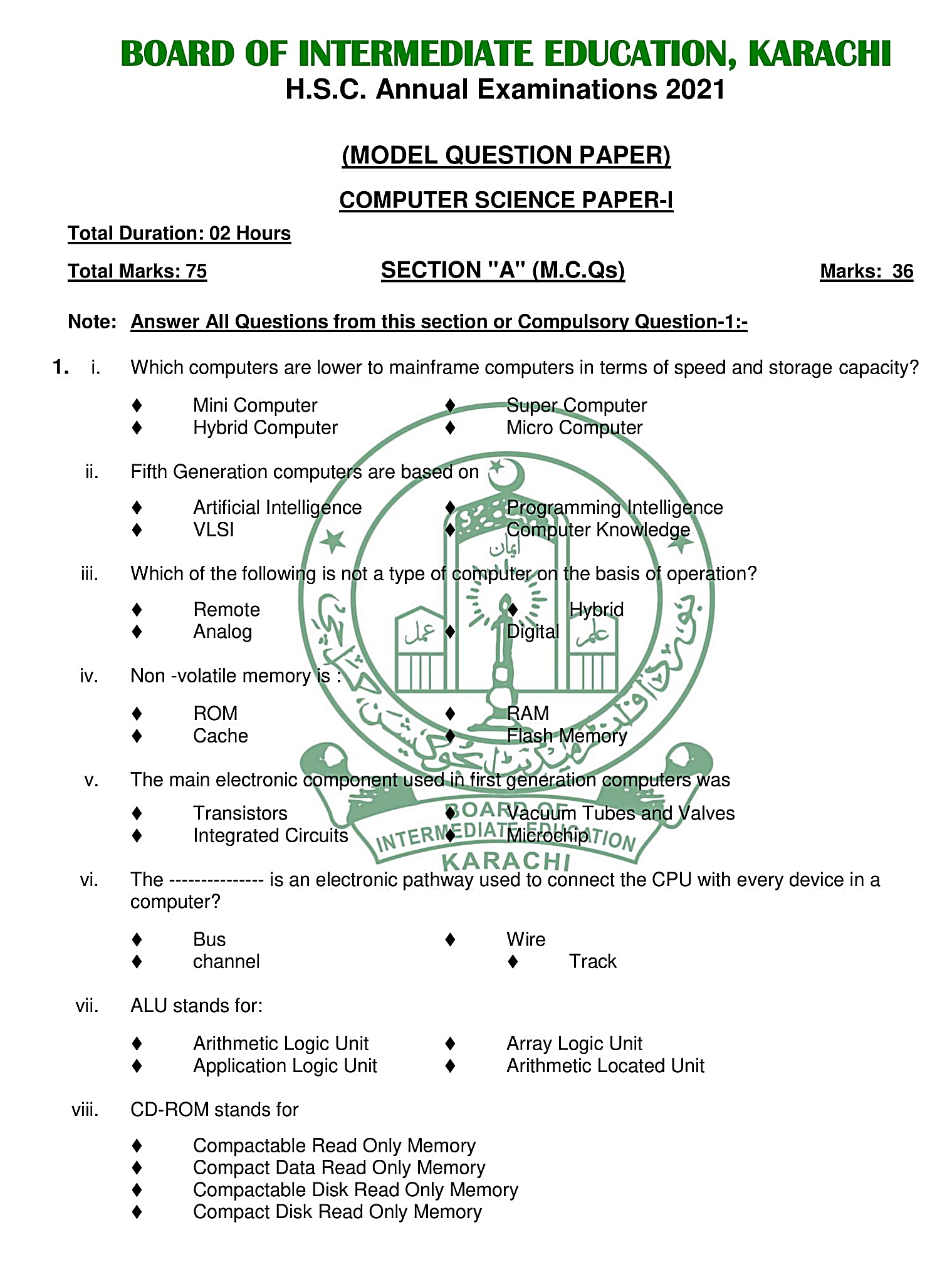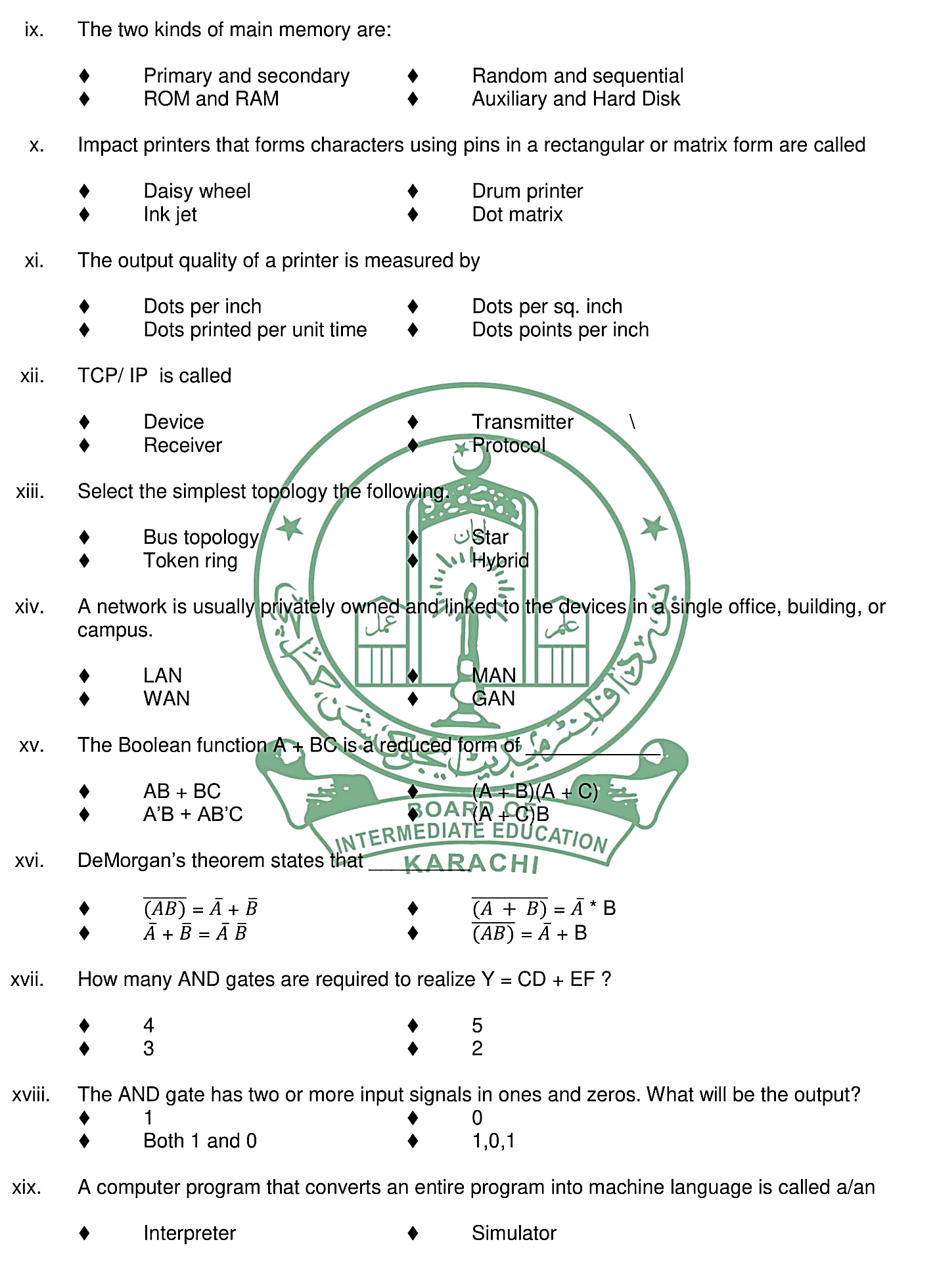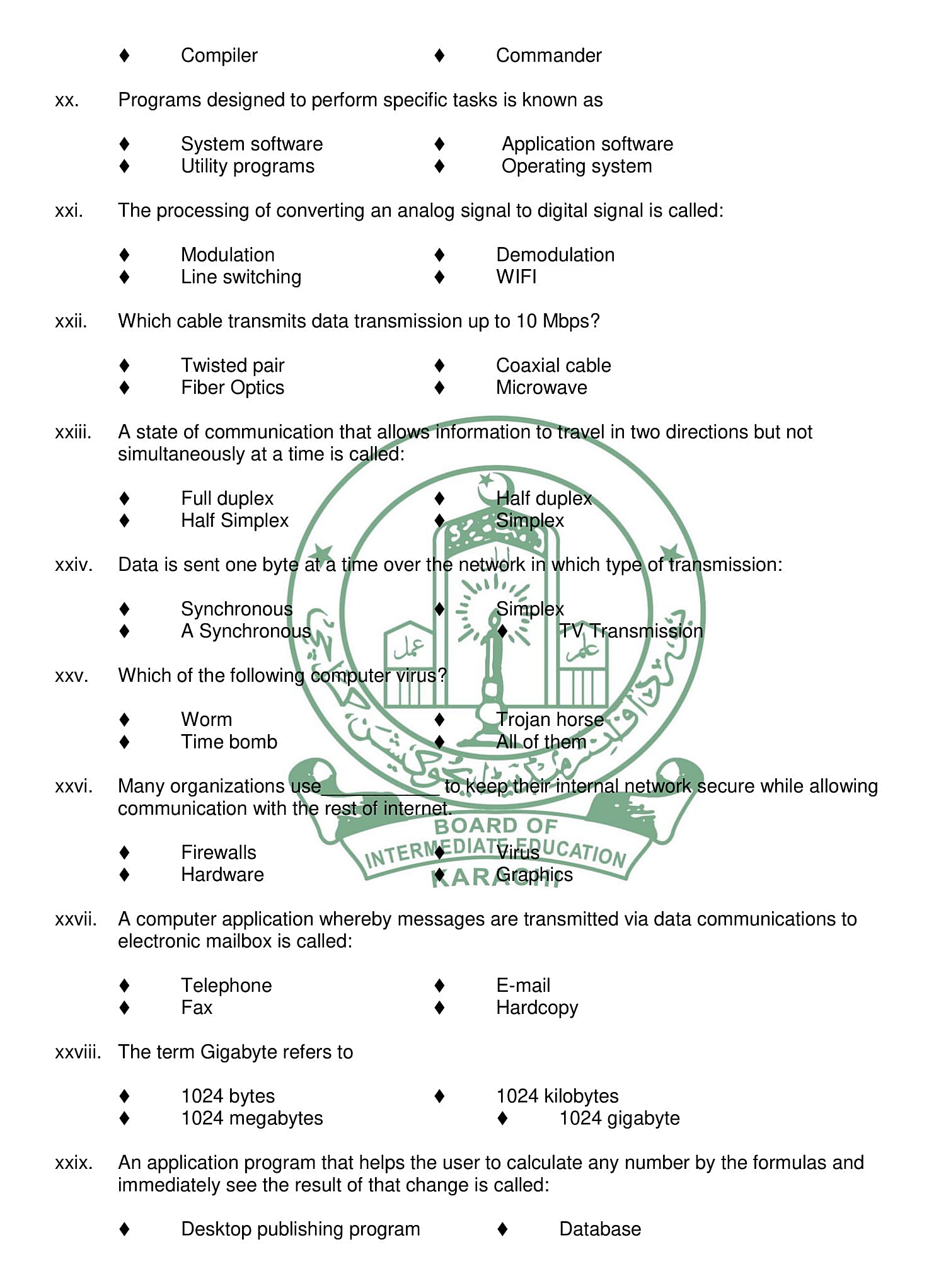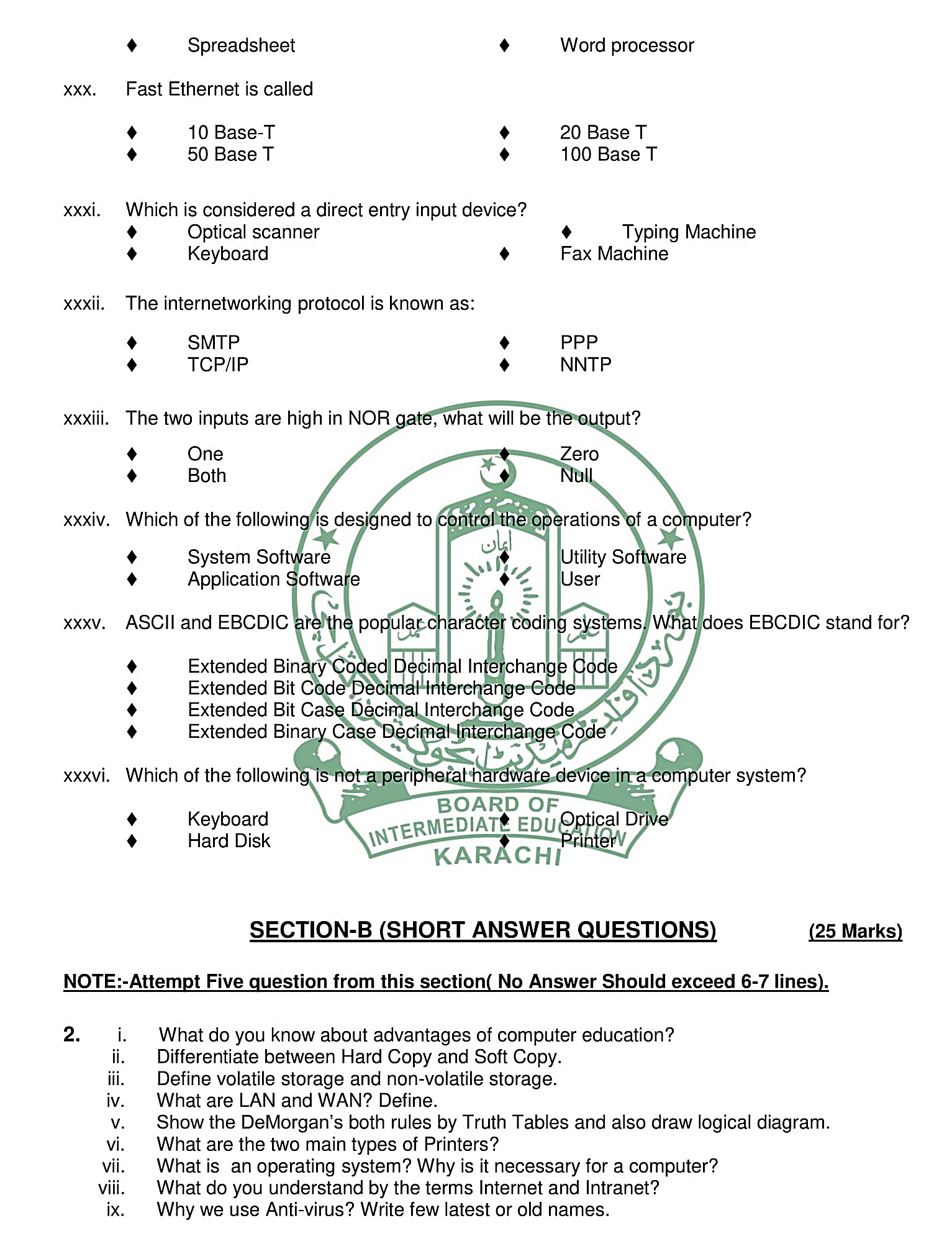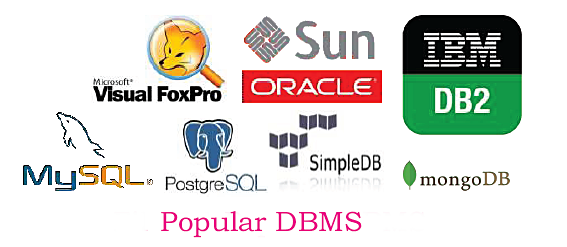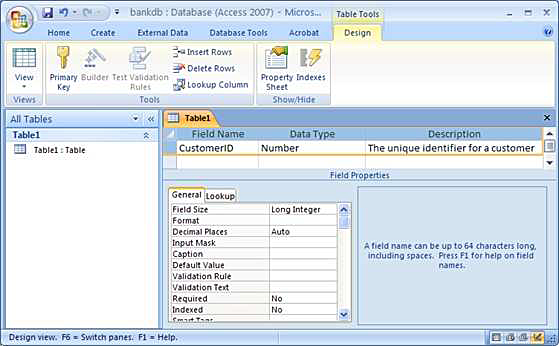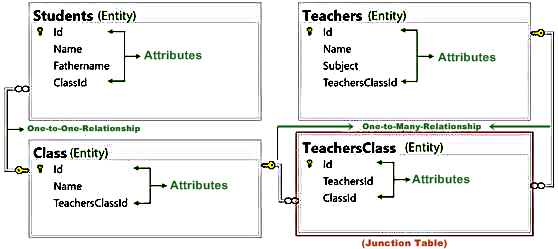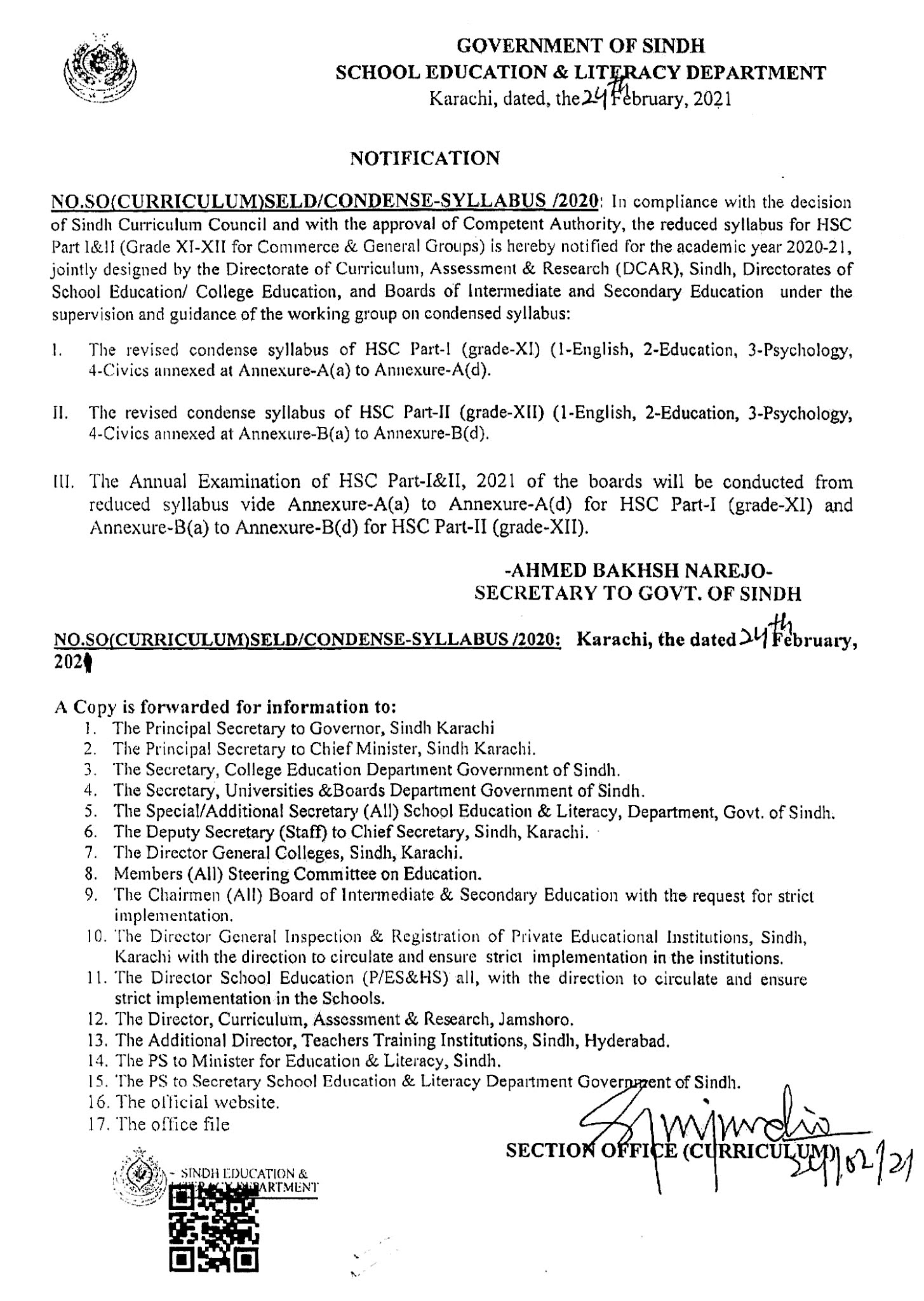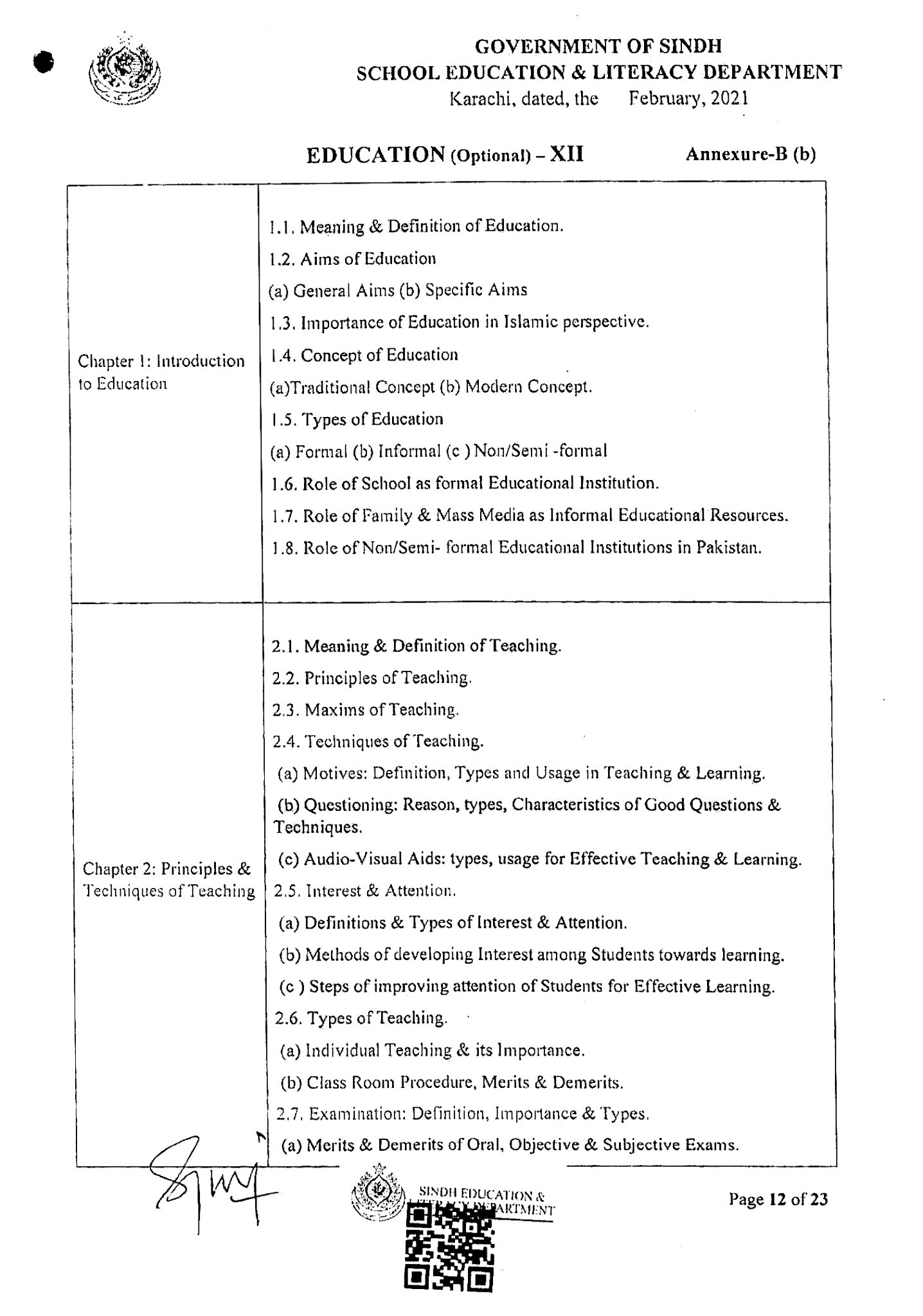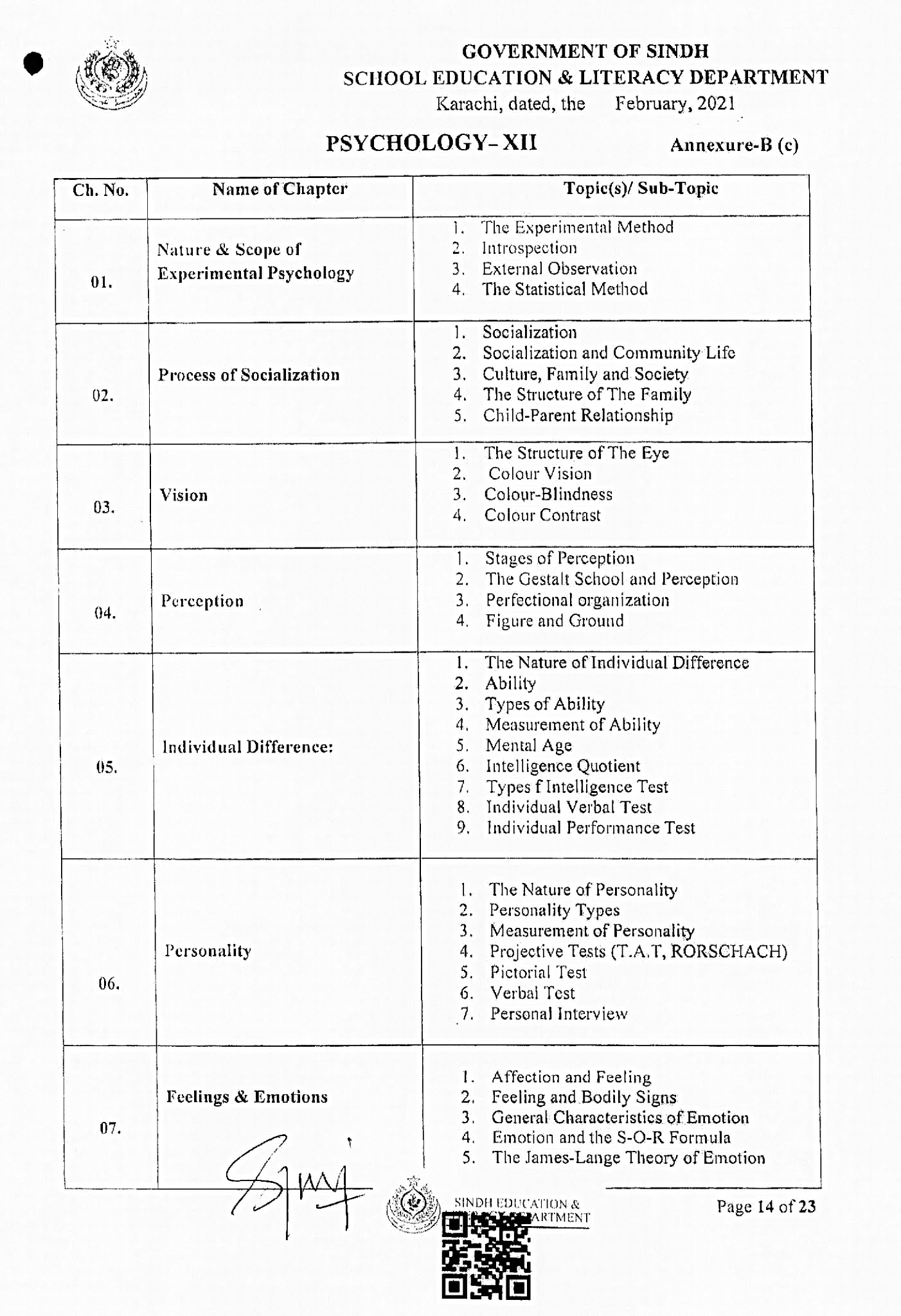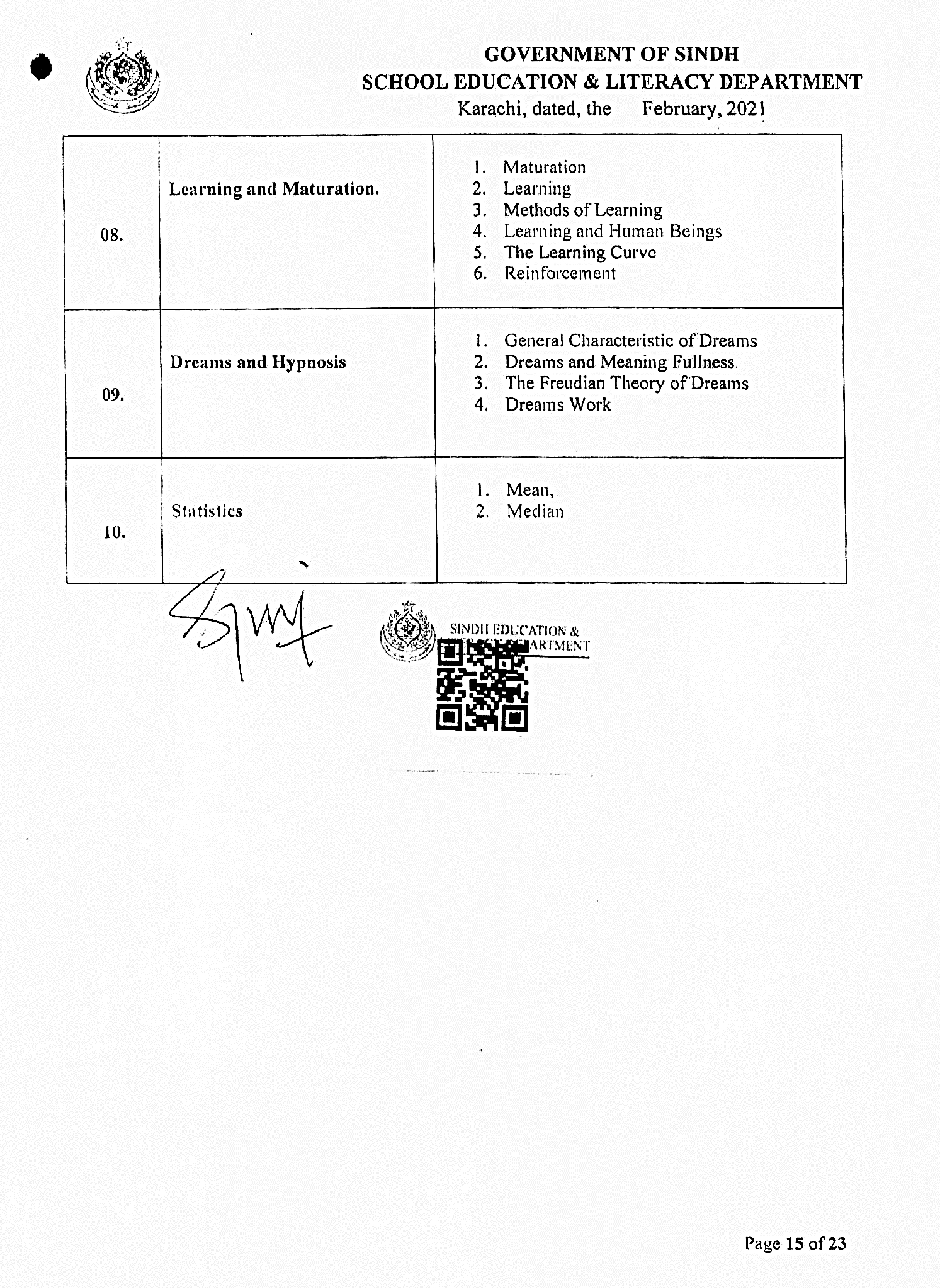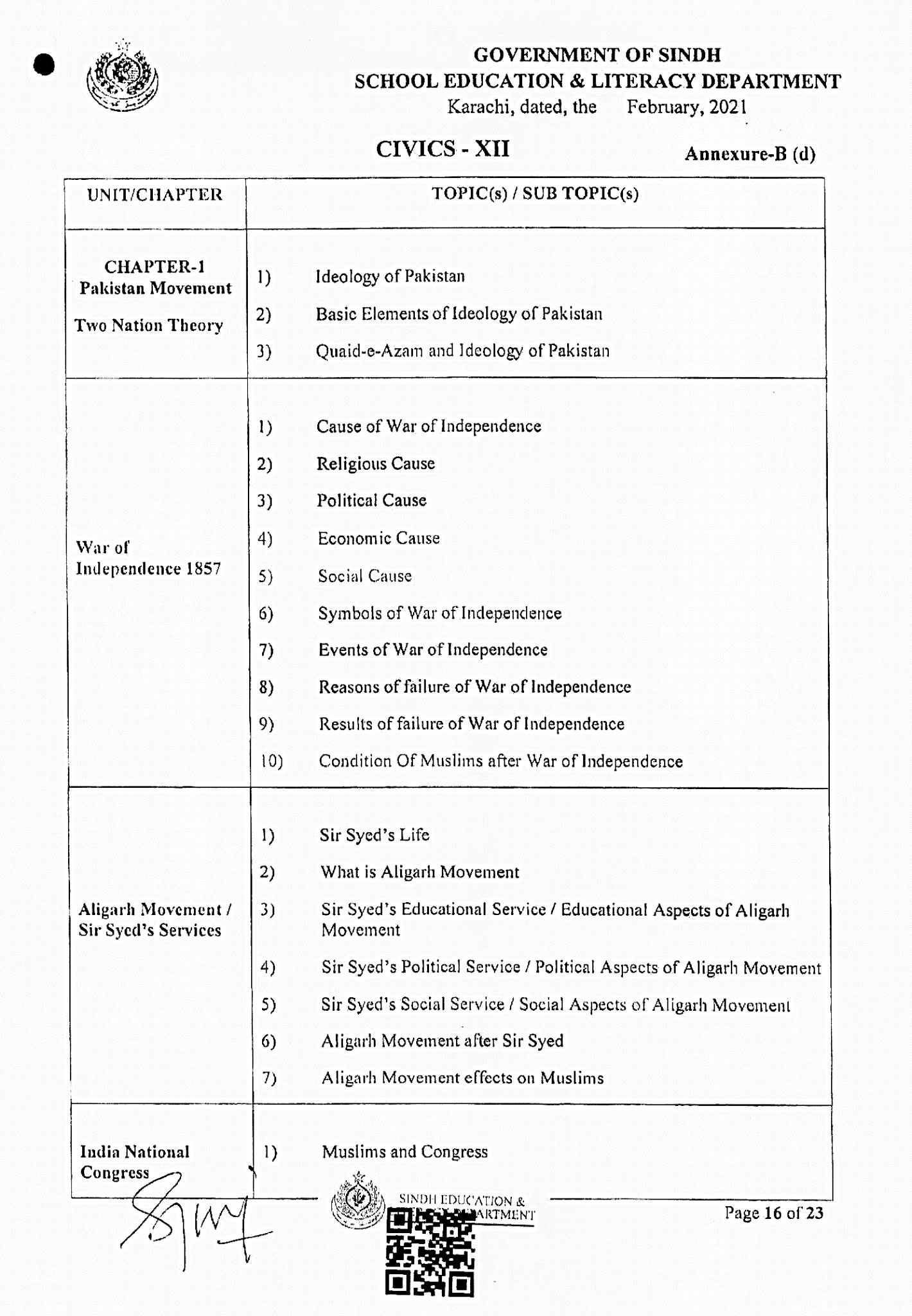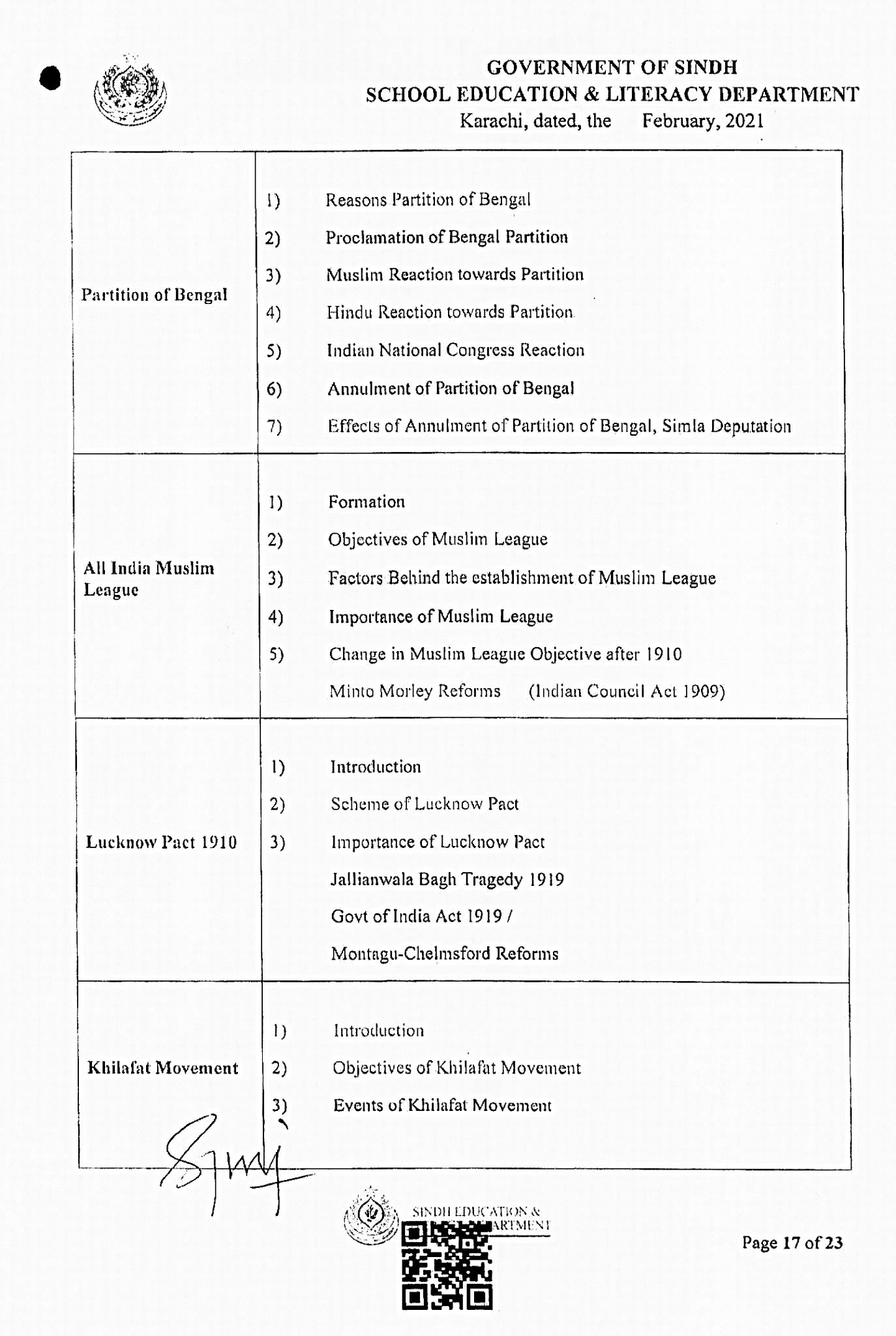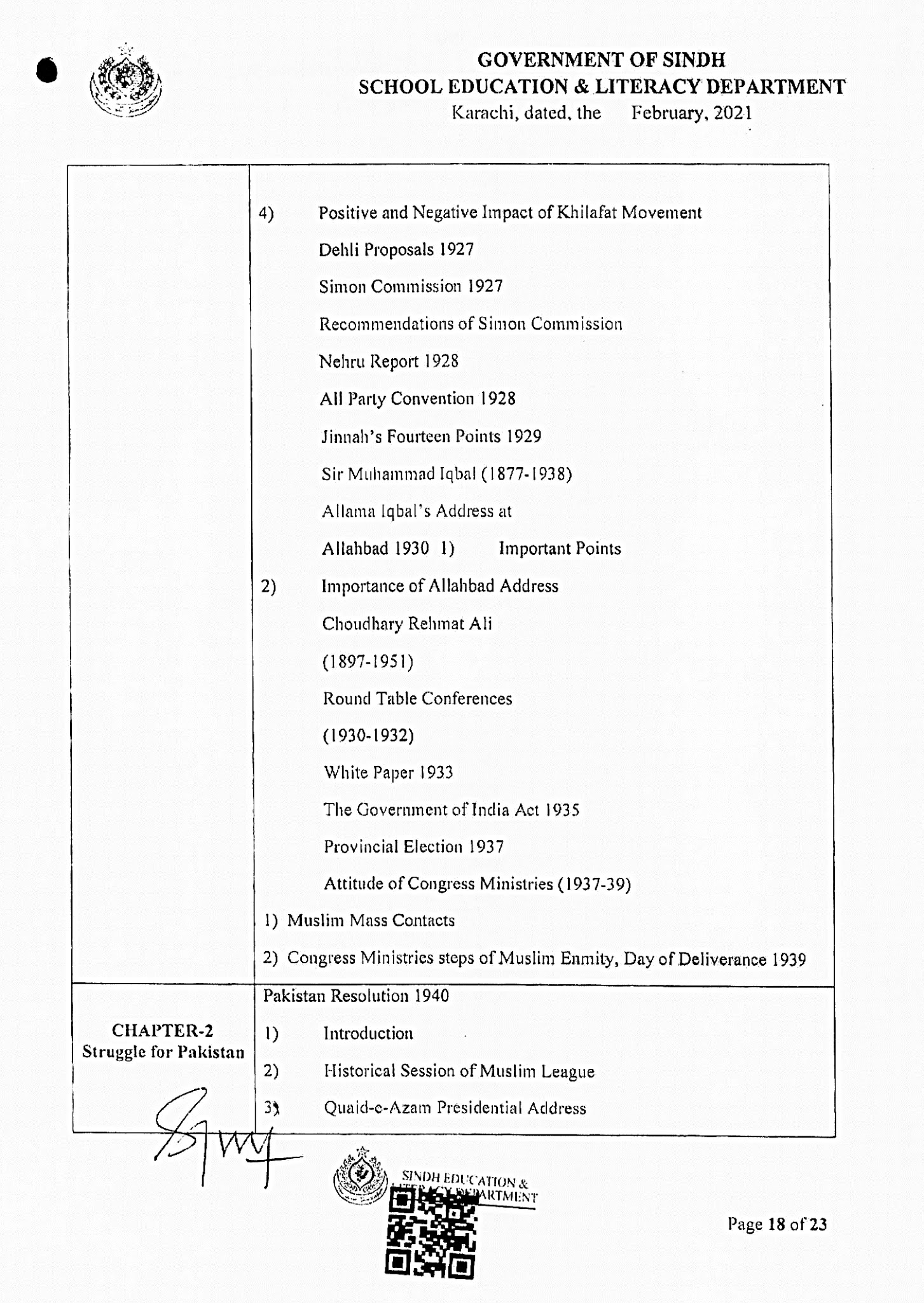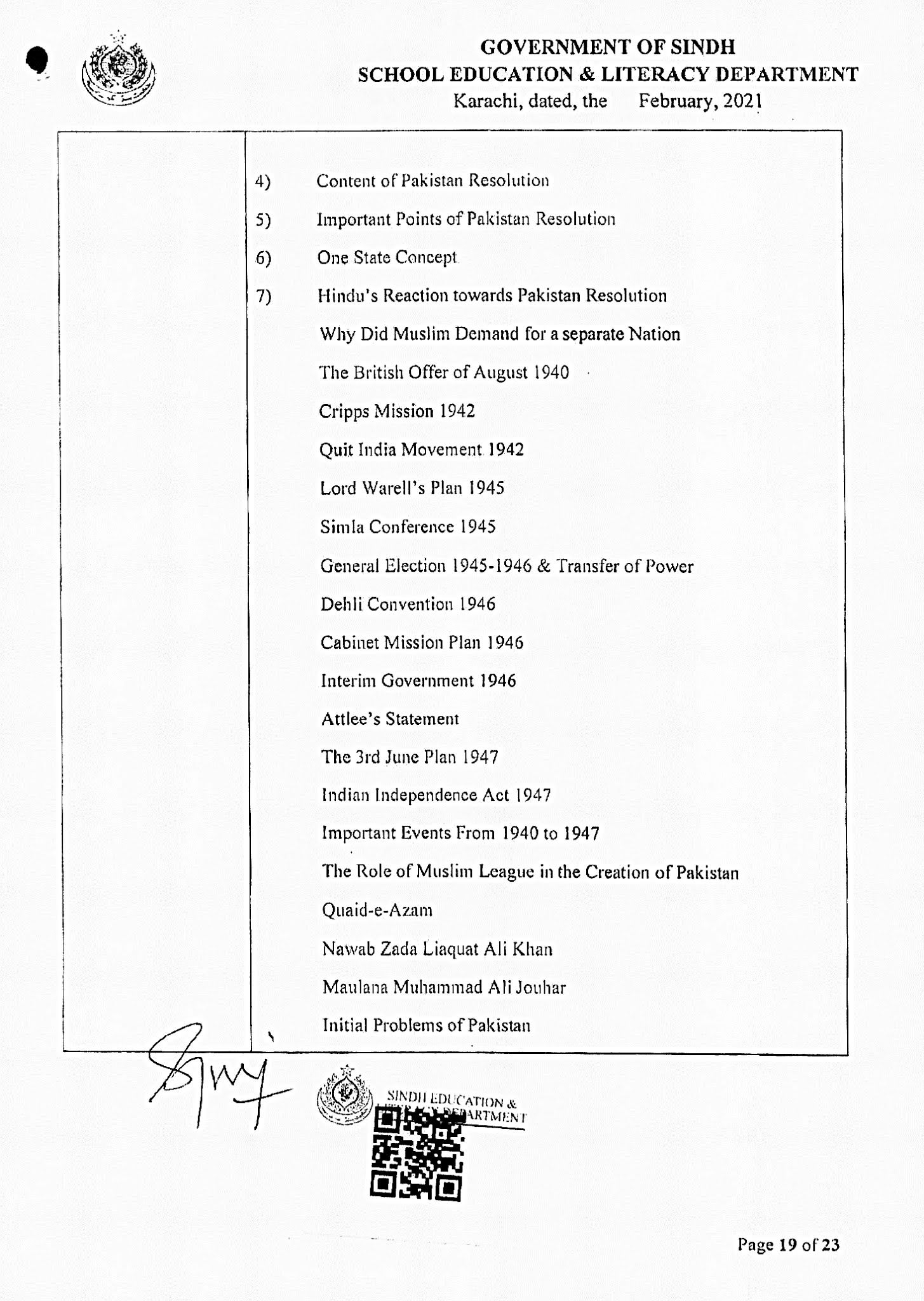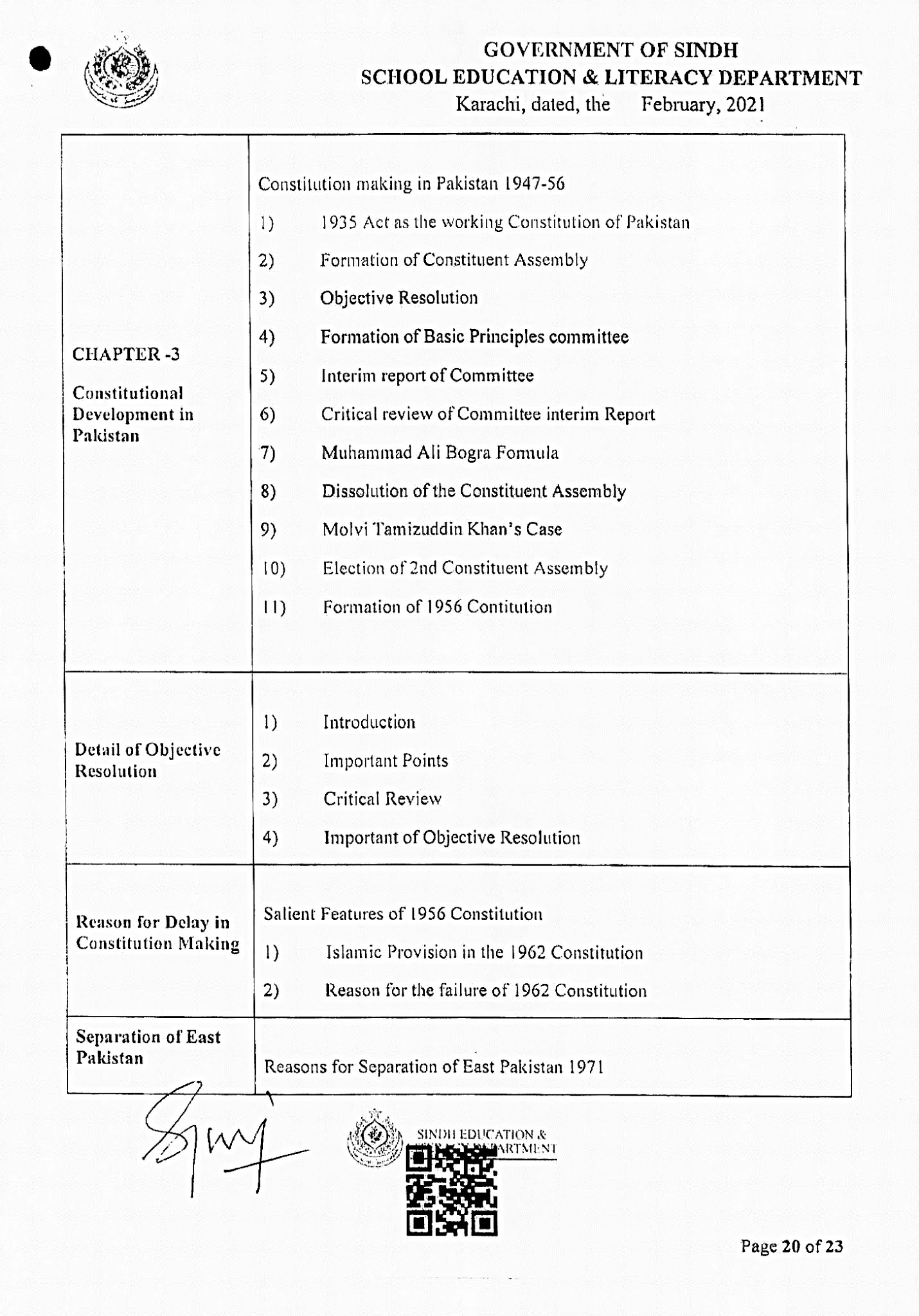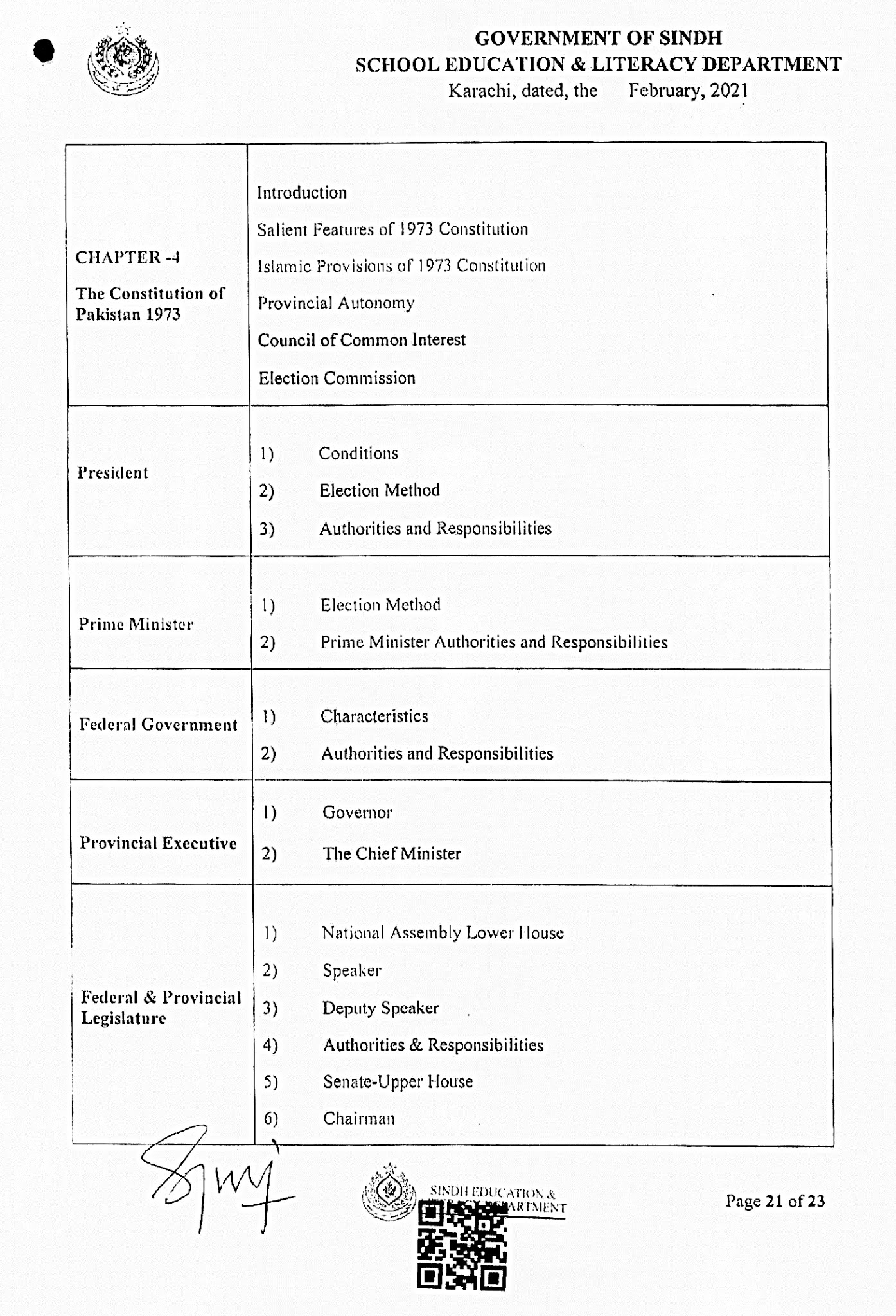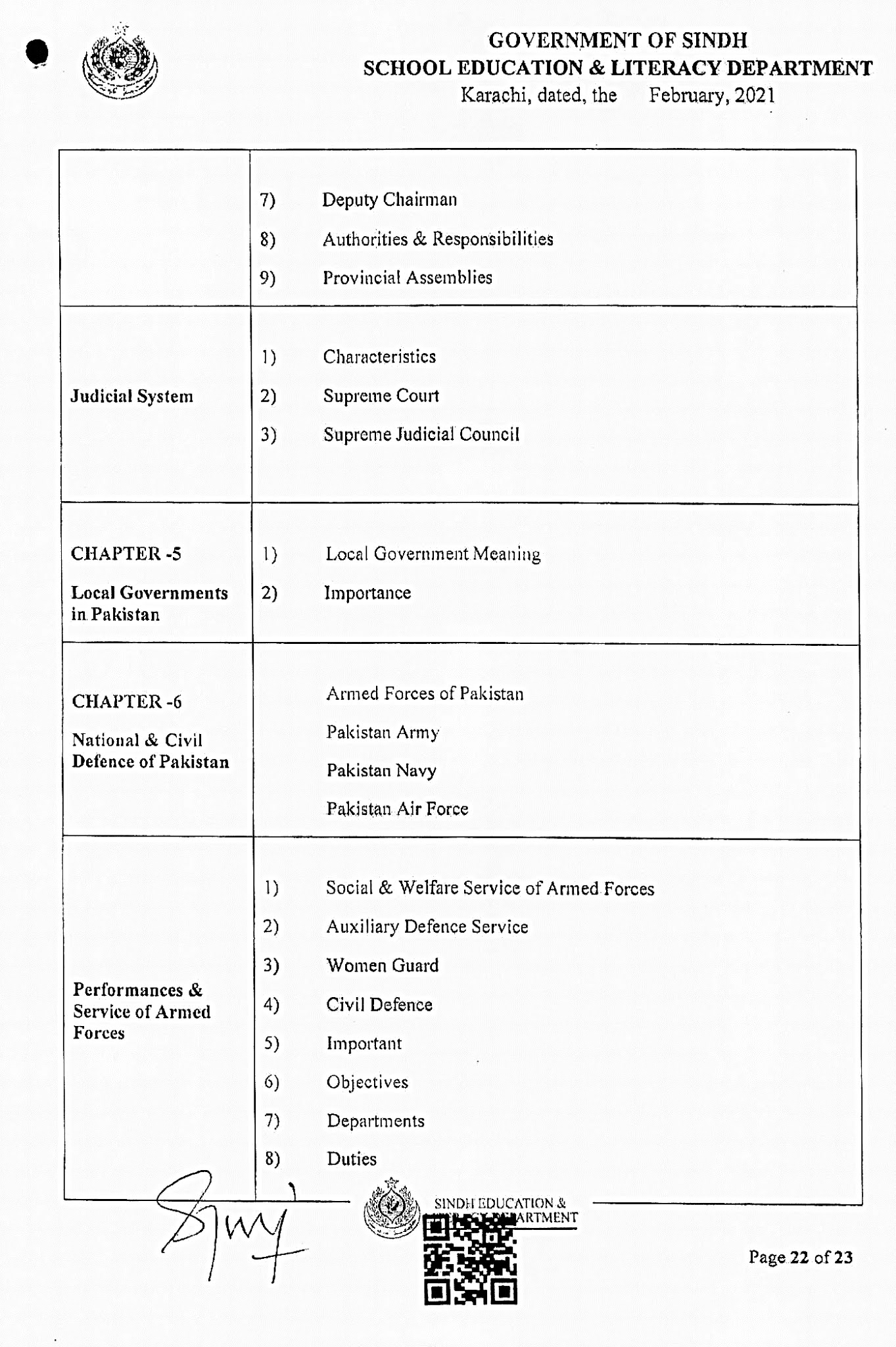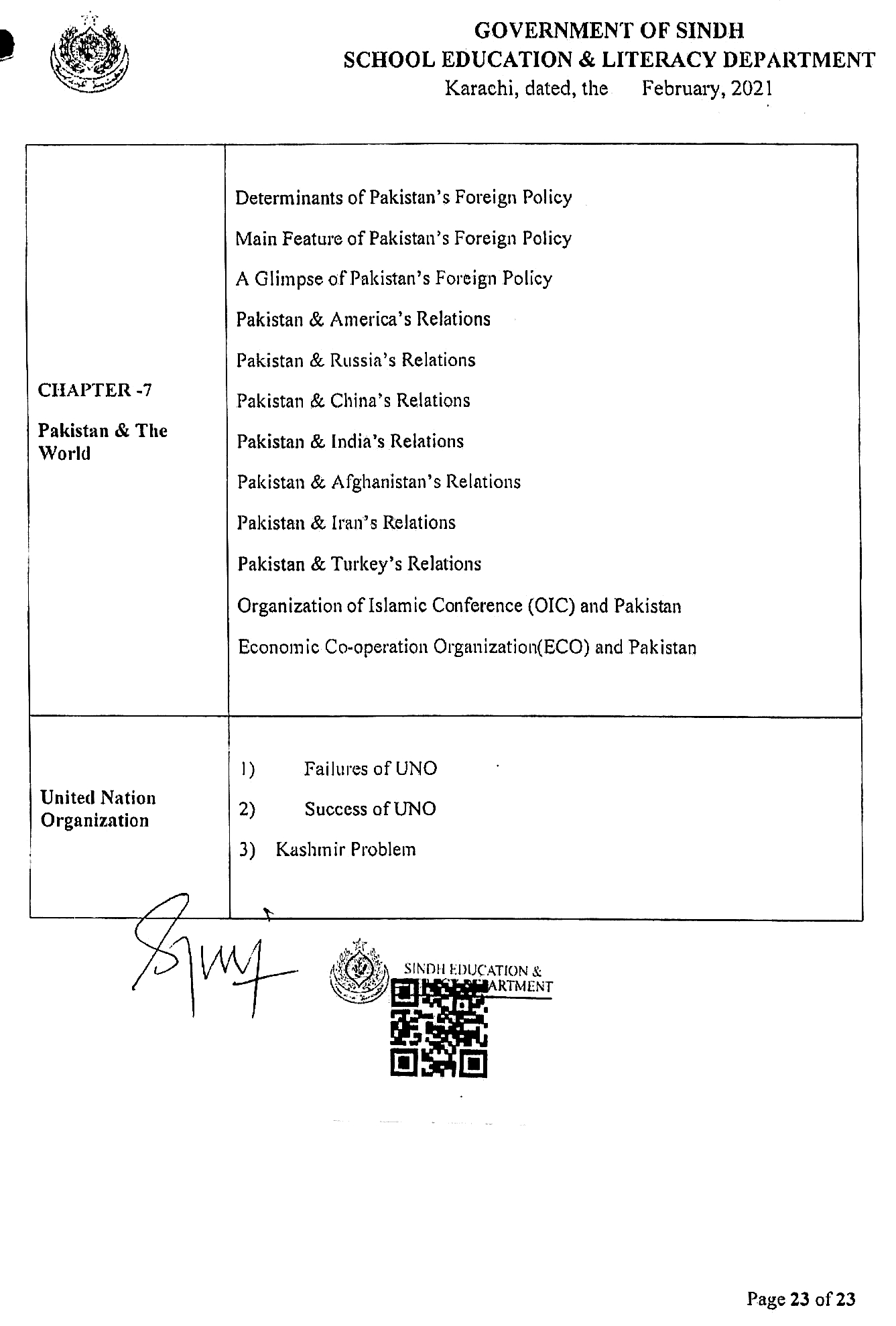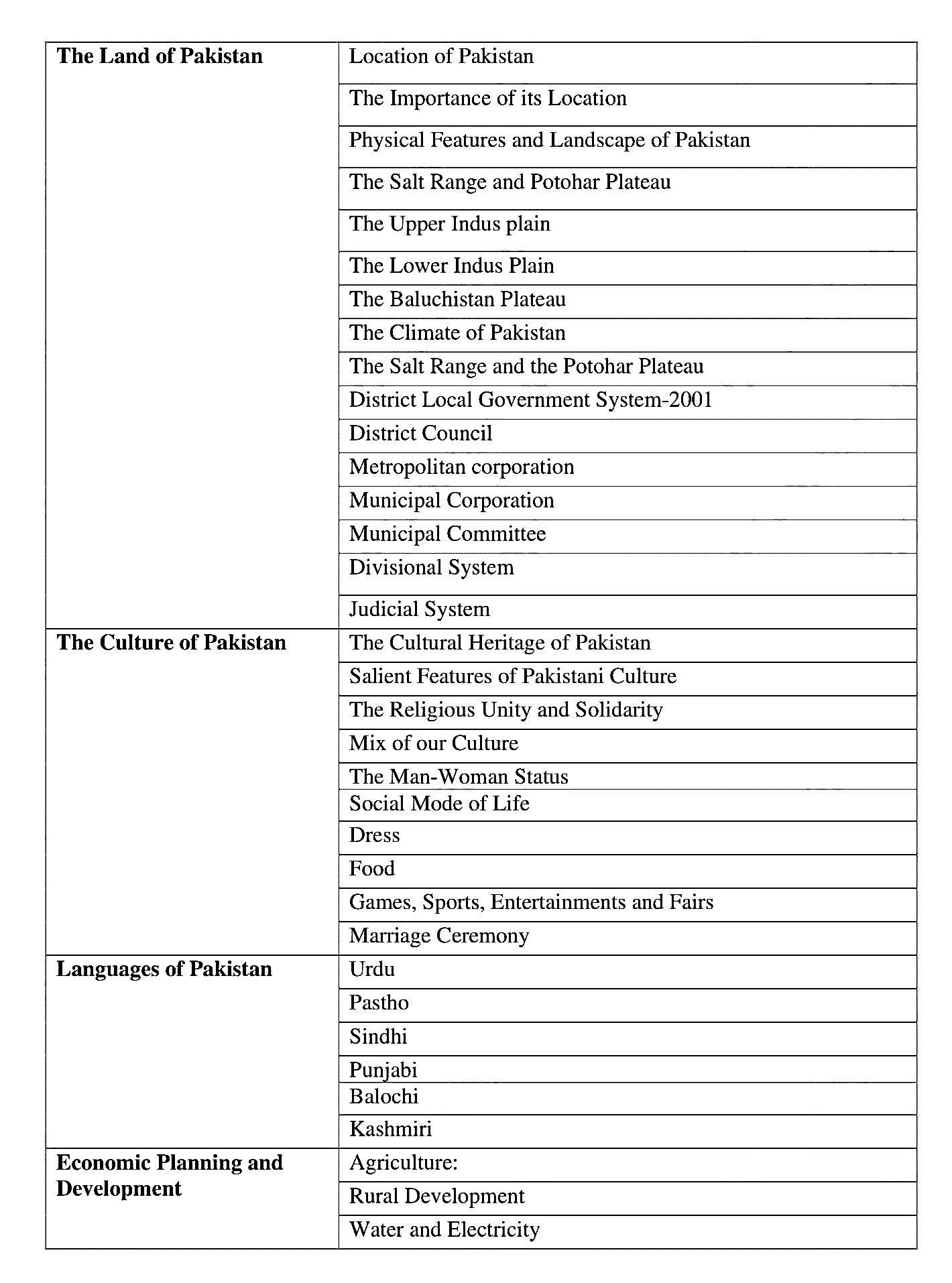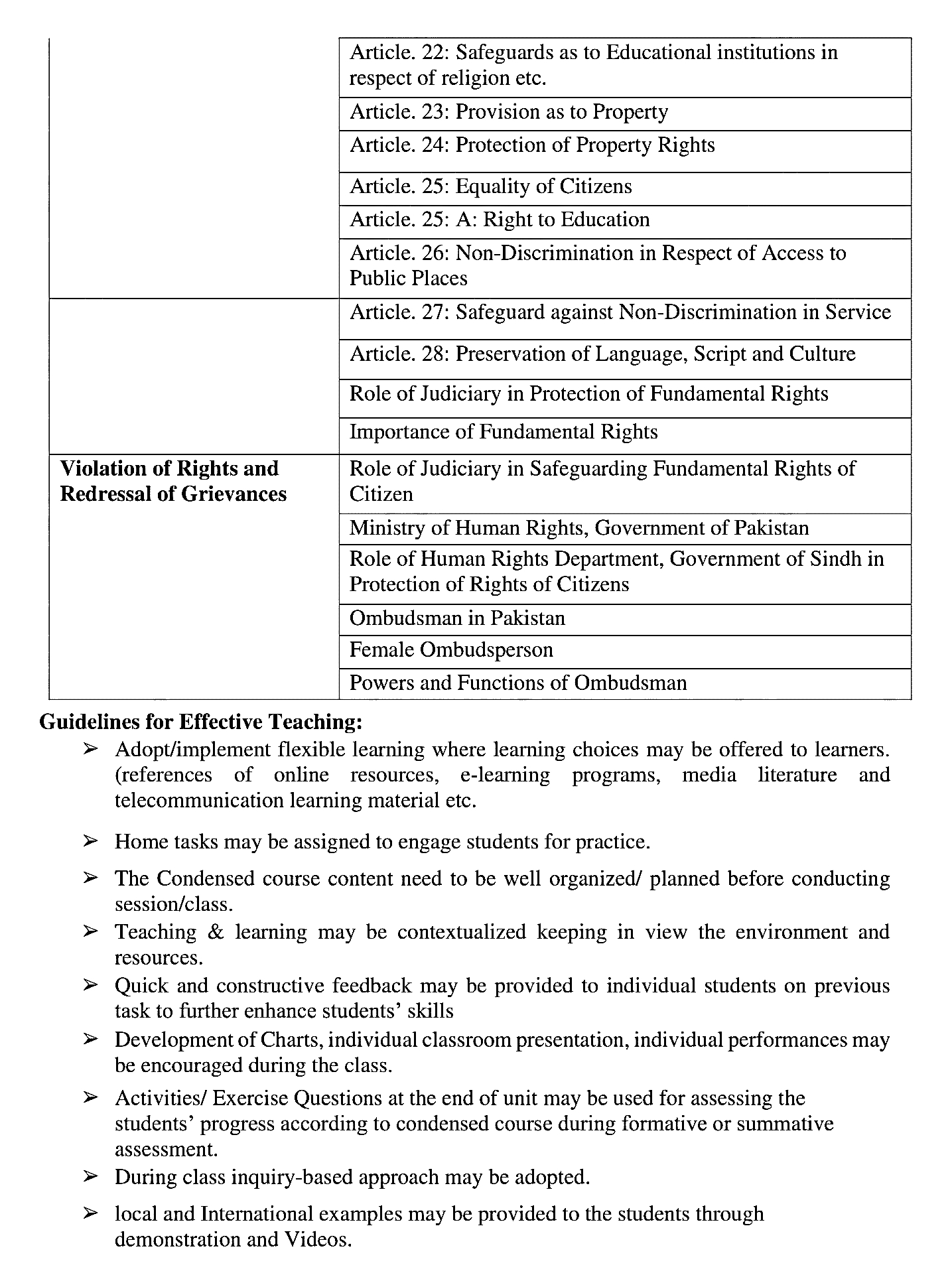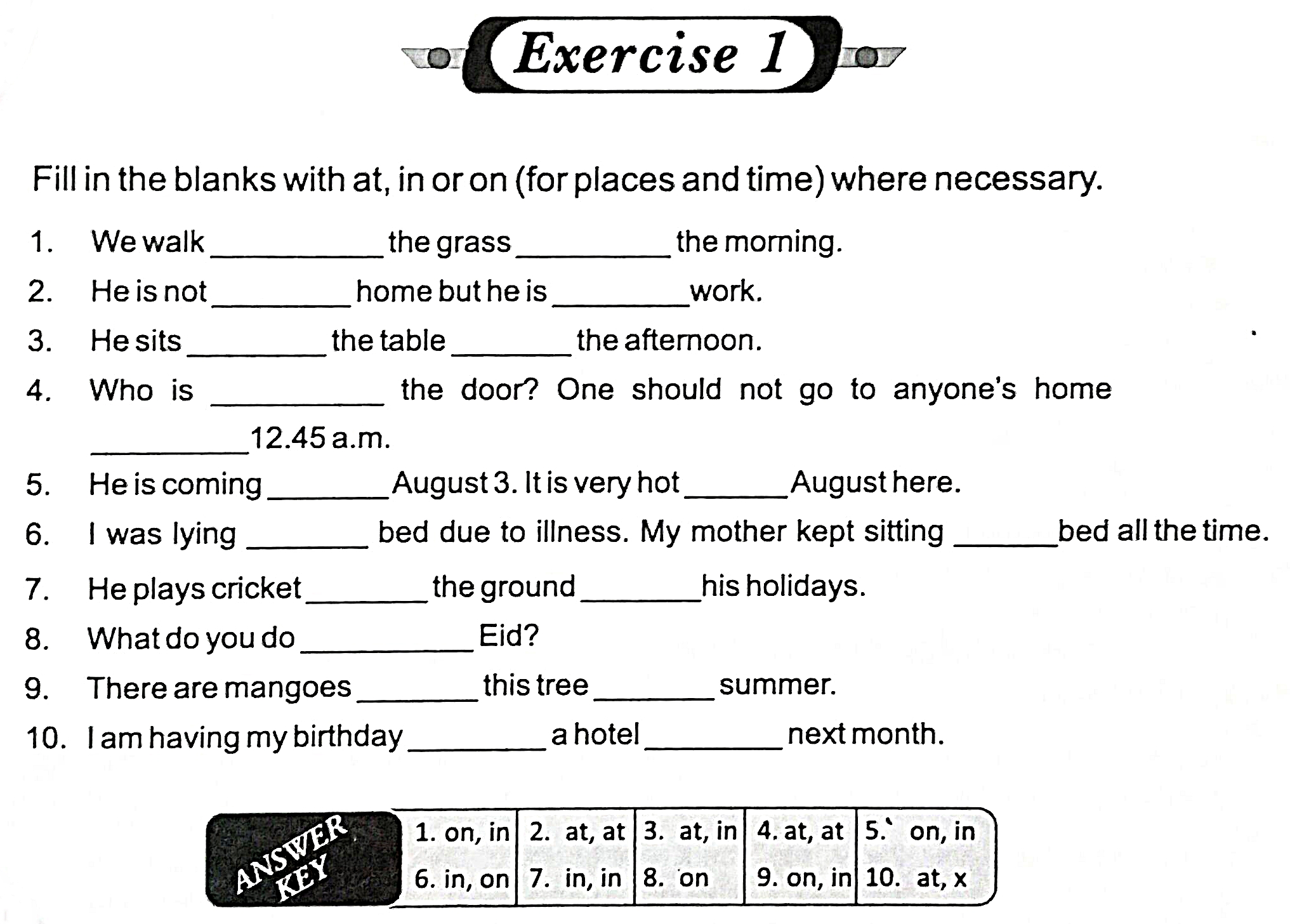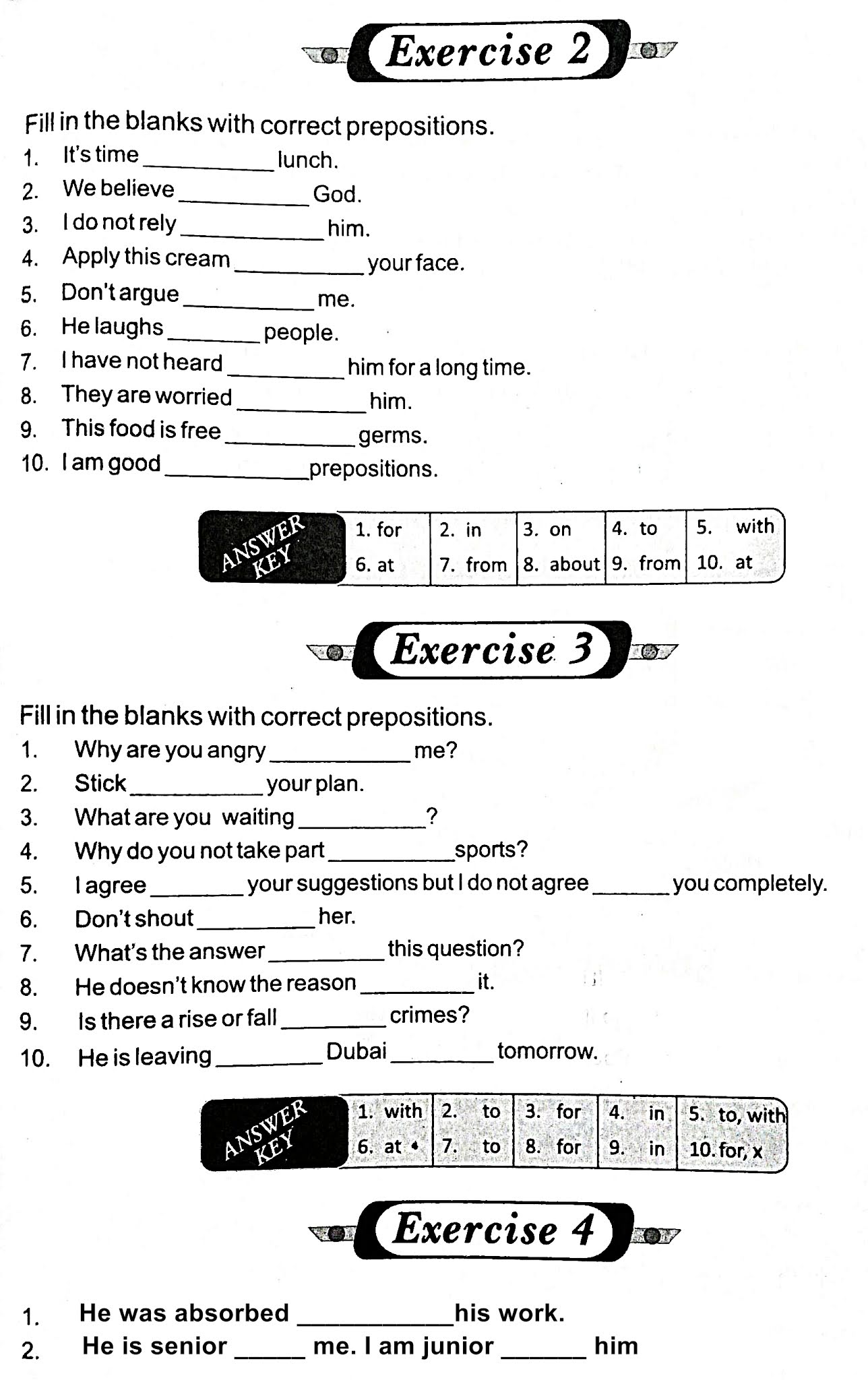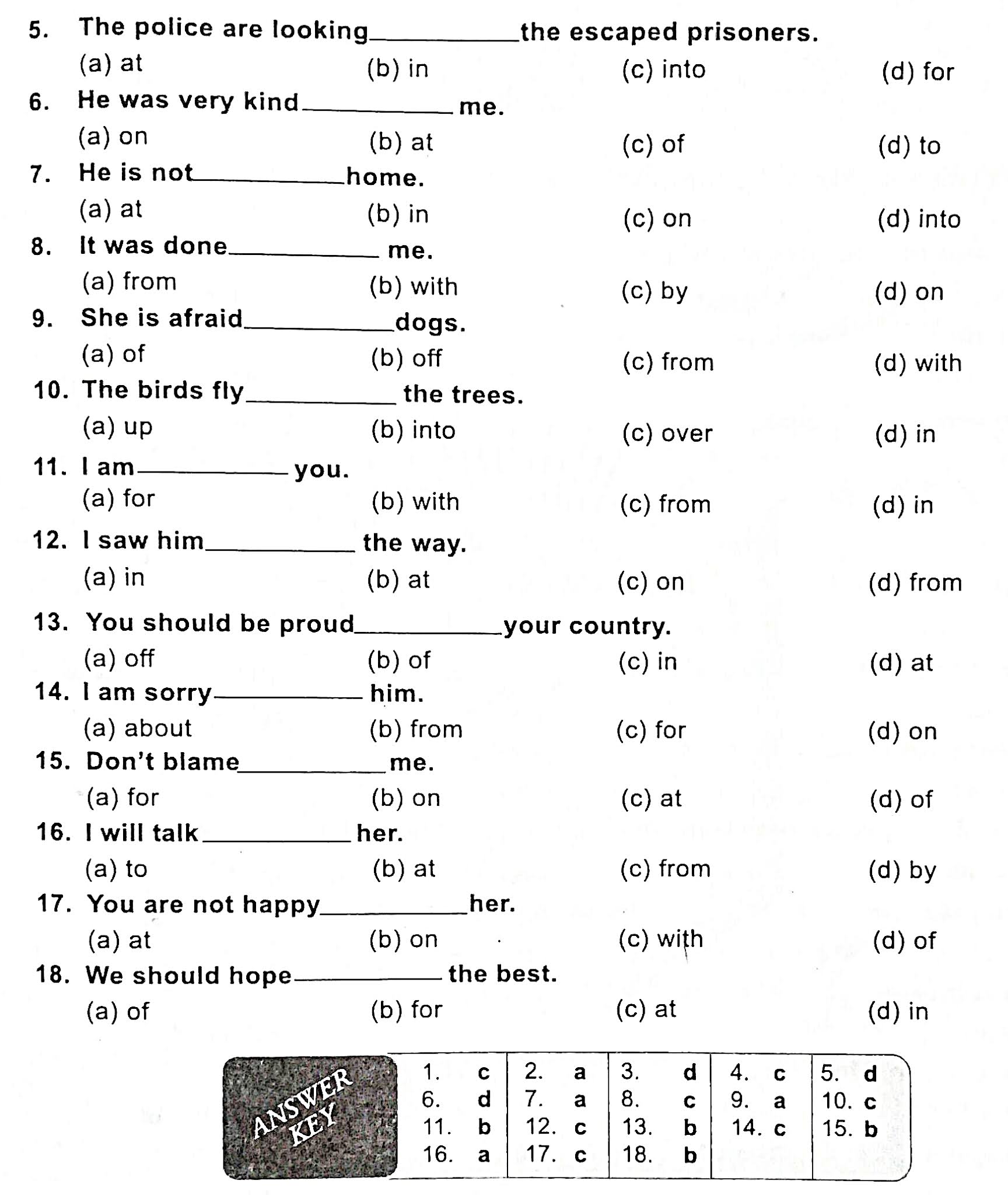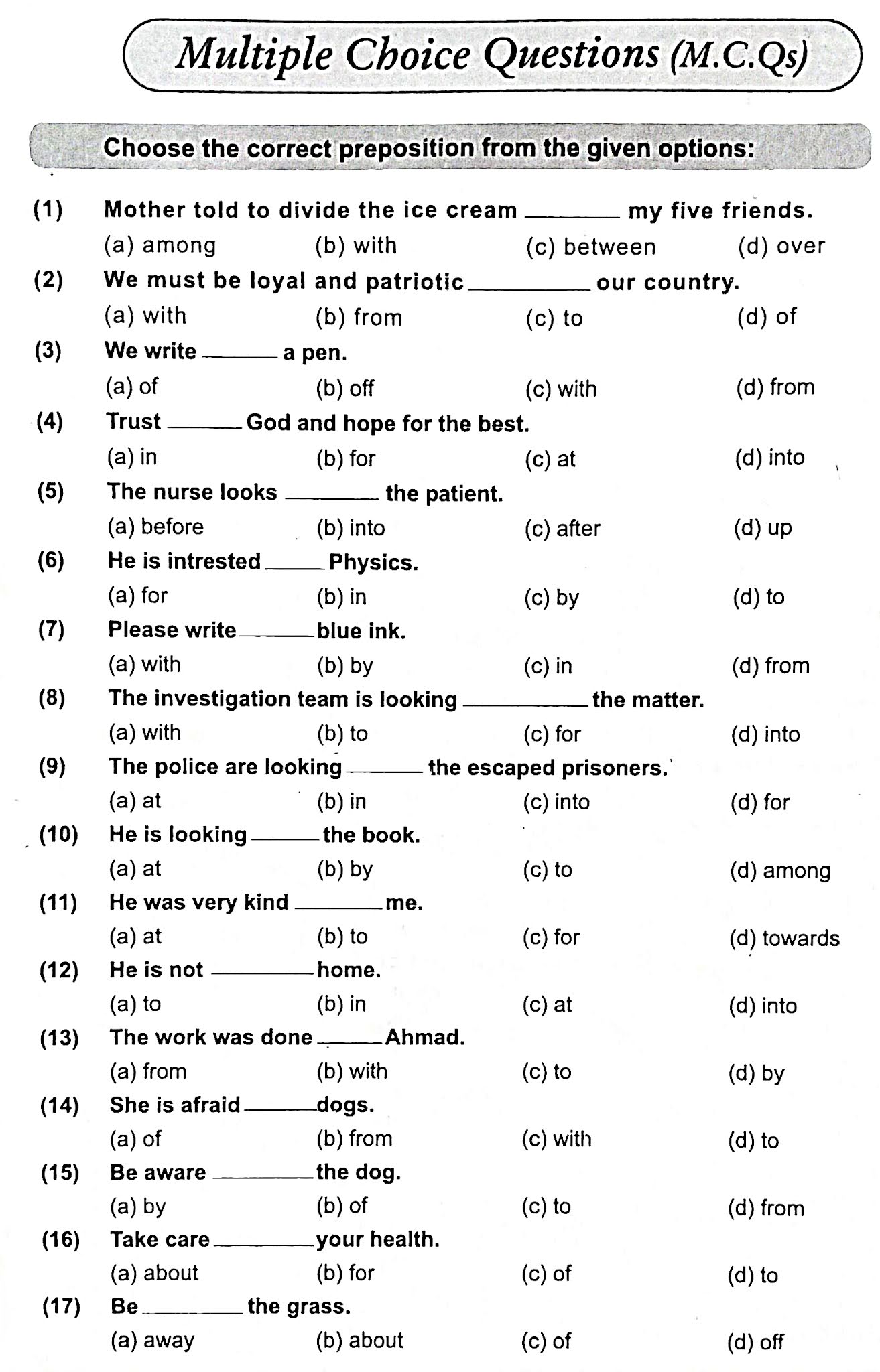Chapter No.7 - Introduction to Database System
MCQs And Fill In The Blanks
Multiple Choice Questions (MCQs)
A. Choose the right answer.
1. Which of the following Microsoft Office packages is a DBMS?
a) MS- Word
b) MS- Excel
c) MS- Power Point
d) MS- Access ✓
2. The basic limitation of a flat file database is that:
a) It is complicated
b) It stores data in a single file ✓
c) It is very heavy
d) It is not supported on internet
3. In a database table of “Students”, the address of the student will be a:
a) Record
b) Field
c) Entity ✓
d) Data type
4. In a database table of “Students”, the particulars of a single student will be a:
a) Record ✓
b) Field
c) Entity
d) Data type
5. In a relational database, keys are used to create a:
a) Table
b) Fields
c) Records
d) Relationship ✓
6. A field that stores the names of students should be defined as:
a) Integer
b) Float
c) String ✓
d) Boolean
7. A key that allows only unique entries in a field is called:
a) Primary Key ✓
b) Secondary Key
c) Foreign Key
d) Super Key
8. Data Redundancy means:
a) Duplication of Data ✓
b) Variety of Data
c) Size of Data
d) Data Type
9. The relationship that matches one record of an entity with only one record of another entity is called:
a) One-to-One relationship ✓
b) One-to-Many relationship
c) Many-to-One relationship
d) Many-to-Many relationship
10. The shape that is used to represent an attribute in an ERD is:
a) A diamond
b) An octagon
c) A rectangle
d) An ellipse ✓
11. A _______stores data in an organized form.
a) Word Processor
b) Ledger
c) spread sheet
d) database ✓
12. A database is composed of ______ which contain rows and columns.
a) tables ✓
b) charts
c) records
d) fields
13. A database is composed of rows and columns which are called:
a) records and fields respectively. ✓
b) fields and records respectively.
c) cells and records respectively.
d) records and cells respectively.
14. It is a collection of data elements organized in shape of rows and columns:
a) Field
b) Record
c) Table ✓
d) Boolean
15. A contact list is one of the simplest example of a:
a) field
b) table ✓
c) floating point
d) string
16. It is the smallest component in a database:
a) Field ✓
b) Record
c) Table
d) Boolean
17. Multiple fields make up a:
a) row
b) database
c) data table
d) data record ✓
18. Sevral data records make up a:
a) row
b) database
c) data table ✓
d) data record
19. Several data tables make up a:
a) row
b) database ✓
c) data table
d) data record
20. A single entry in a table is called:
a) record ✓
b) database
c) data table
d) data record
21. Floating point data type holds:
a) whole numbers
b) numbers with decimal points ✓
c) a combination of numbers, letters and special characters
d) only true and false
22. String data type can store:
a) whole numbers
b) numbers with decimal points
c) a combination of numbers, letters and special characters ✓
d) only true and false
23. It is process of developing conceptual representation of data objects and their relations.
a) Data handling
b) Data querying
c) Data concepts
d) Data modeling ✓
24. They are used to express how the information will be stored in database.
a) Data query
b) Data models ✓
c) Data concepts
d) Data groups
25. This type of relationship is used to divide larger entities into smaller ones.
a) one - to - one relationship ✓
b) one - to - many relationship
c) many - to - one relationship
d) many - to - many relationship
26. The most common type of relationship used in relational databases is:
a) one - to - one relationship
b) one - to - many relationship ✓
c) many - to - one relationship
d) many - to - many relationship
27. Usually a third entity known as "junction table" is used to create the:
a) one - to - one relationship
b) one - to - many relationship
c) many - to - one relationship
d) many - to - many relationship ✓
28. This shape is used to define an entity in ERD.
a) Rectangle ✓
b) Ellipse
c) Diamond
d) Circle
29. In ERD, relationships are symbolically represented by:
a) rectangle
b) ellipse
c) diamond ✓
d) circle
30. Flat file database usually store data as:
a) numbers
b) plain text ✓
c) symbols
d) Boolean
31. Tick the correct match:
a) Table → Artribute or Column Record → Row or Tuple Field → Entity
b) Table → Attribute or Column Record → Entity Field → Row or Tuple
c) Table → Entity Record → Entity Field → Row or Tuple
d) Table → Entity Record → Row or Tuple Field → Attribute or Column ✓
32. With the help of a junction table, many-to-many relationship is a combination of two:
a) one — to — one relationship
b) one — to — many relationship ✓
c) many — to — one relationship
d) many — to — many relationship
33. In database, relationships make use of:
a) keys ✓
b) fields
c) ERD
d) attibutes
34. A key that defines a relationship between two entities is called:
a) Primary Key
b) Secondary Key
c) Foreign Key ✓
d) Super Key
35. The Components of ERD include:
a) Records, Fields and Keys
b) Records, Attributes and Keys
c) Entities, Relationships and Keys
d) Entities, Attributes and Relationships ✓
36. The marks record prepared by a class teacher is also an example of a table.
a) field
b) table ✓
c) floating point
d) string
37. The data types which holds only whole numbers is called:
a) Boolean
b) Character
c) Floating Point
d) Integer ✓
38. (A, B, c, d) are the examples of the data types called:
a) Boolean
b) Character ✓
c) Floating Point
d) Integer
39. (5.6, 3.14, 554.9) are the examples of the data types called:
a) Boolean
b) Character
c) Floating Point ✓
d) Integer
40. (145, -35, 74586) are the examples of the data types called:
a) Boolean
b) Character
c) Floating Point
d) Integer ✓
41. (1,0) are the example of the data types called:
a) Boolean ✓
b) Character
c) Floating Point
d) Integer
42. (01-01-2020 11:30 ) are the example of the data types called:
a) Boolean
b) Date and Time ✓
c) Floating Point
d) Integer
43. There are three most important components of data models, which are:
a) Entity, Attributes and Relationships
b) Entity, Relationship and Referential Keys ✓
c) Records, Relationship and Referential Keys
d) Entities, Attributes and Referential Keys
Fill In The Blanks
1. Generally, a
database is an electronic system that facilitates easy access, manipulation and updating of data.
2.
Databases are used in many different organizations and various industries.
3. A
Database Management System (DBMS) software allows convenient creation, modification and display of data in a database.
4. The examoles of popular DBMS programs are
Microsoft SQL,
MySQL,
Oracle, etc.
5. The data in a
flat file database is limited to rows and columns in a table.
6. Flat file databases usually store data as
plain text, with only one record per line.
7. A
DBMS can handle huge sets of data and has multi-user support.
8. The
fields in a table can be defined as one of the supported data types which best suits the type of data it holds.
9. A
Relational DBMS introduces concepts of entities, attributes, relationships and keys.
10. A table is also called an
entity.
11. A record is also called
row or tuple.
12. A field is also called an
attribute or column.
13. There are essentially two types of
relationships: One-to-One relationship and One-to-Many relationship.
14.
One-to-One relationship relates a record from one entity to only one record of another entity.
16.
Relationships make use of Keys.
17. Two common types of keys are
Primary Keys and
Foreign Keys.
18.
Primary key uniquely identifies records in an entity.
19.
Entity Relationship Model (ERM) or Entity Relationship Diagram (ERD) graphically displays the structure of a database.
20. The components of
ERD include Entities, Attributes and Relationships.
21.
ERDs are used to either design a new database or document an existing one.
22. A
flat file stores data in a single table structure.
23. The
fields included in the record are separated using
delimiters such as tabs or commas.
24. A
record is made up of two or several data items which are also called
tuples in a table representing a set of related data.
25.
Data type is a data storage format that can contain a specific type or range of values.
26.
Views do not store data and just show the information virtually.
27.
Views have the ability to fetch data from different tables.
28.
Views maintain the security of data and ensure that no changes occur in the original data.
29.
Data models helps to identify the most important fields and remove the irrelevant data.
30.
Data models can be used by database developers to create a physical database.
31. In database terms, an
entity is an independent table and its fields are known as
attributes.
32. A relationship defines the connection between two
tables.
33.
Connecting lines show the type of relationship between two entities.
Abbreviations
-
DBMS: Database Management System
-
ER: Entity Relationship
-
ERD: Entity Relationship Diagram
-
ERM: Entity Relationship Model
-
ID: Identity
-
MongoDB: Mongo Data base
-
MySql: My Structured Query Language
-
NADRA: National Database Registration Authority
-
Oracle: Operational Analog Computing and Logistic Equipment
-
RDBMS: Relational Database Management Systems
Reference Links Given in text book
